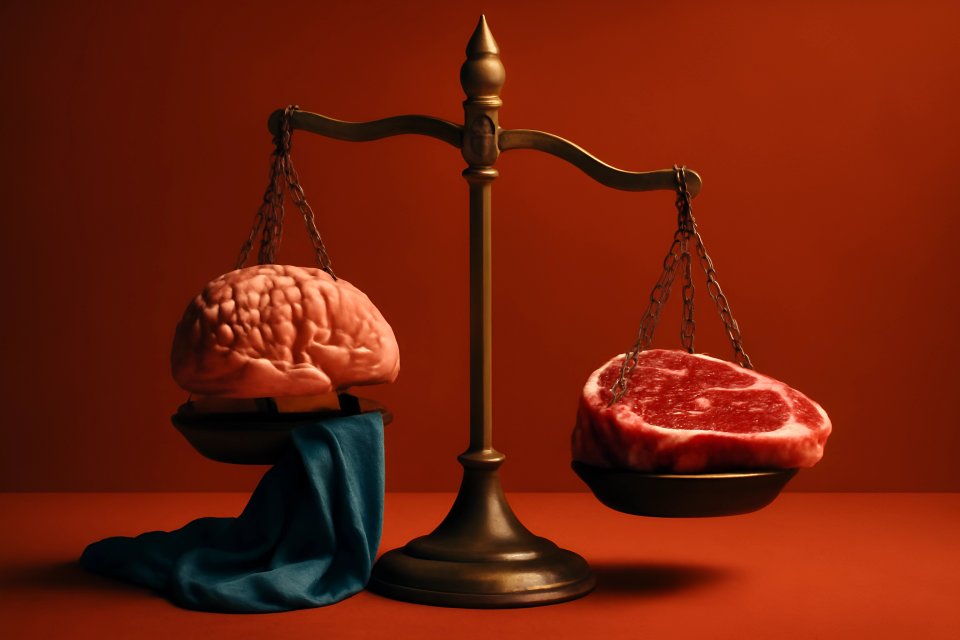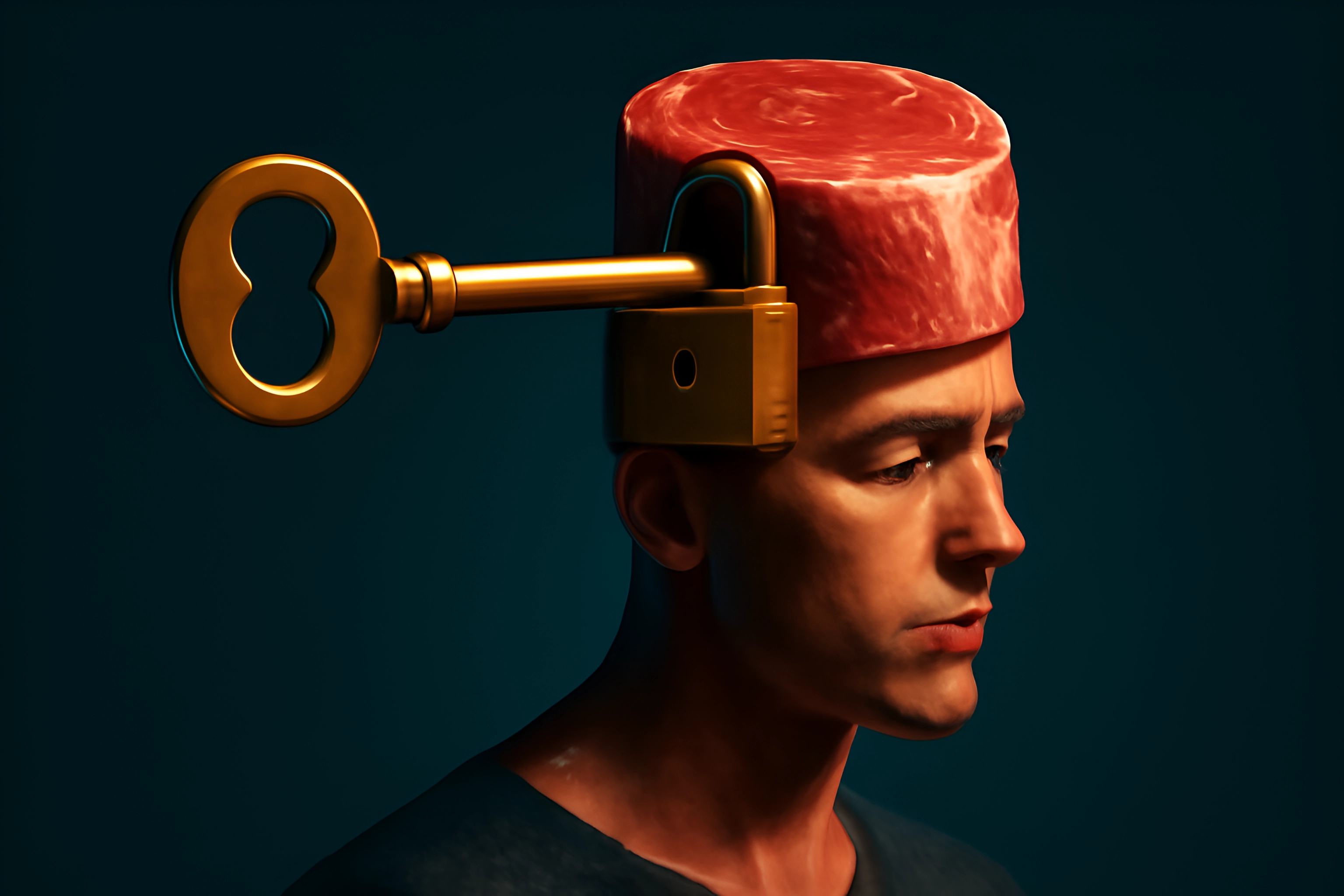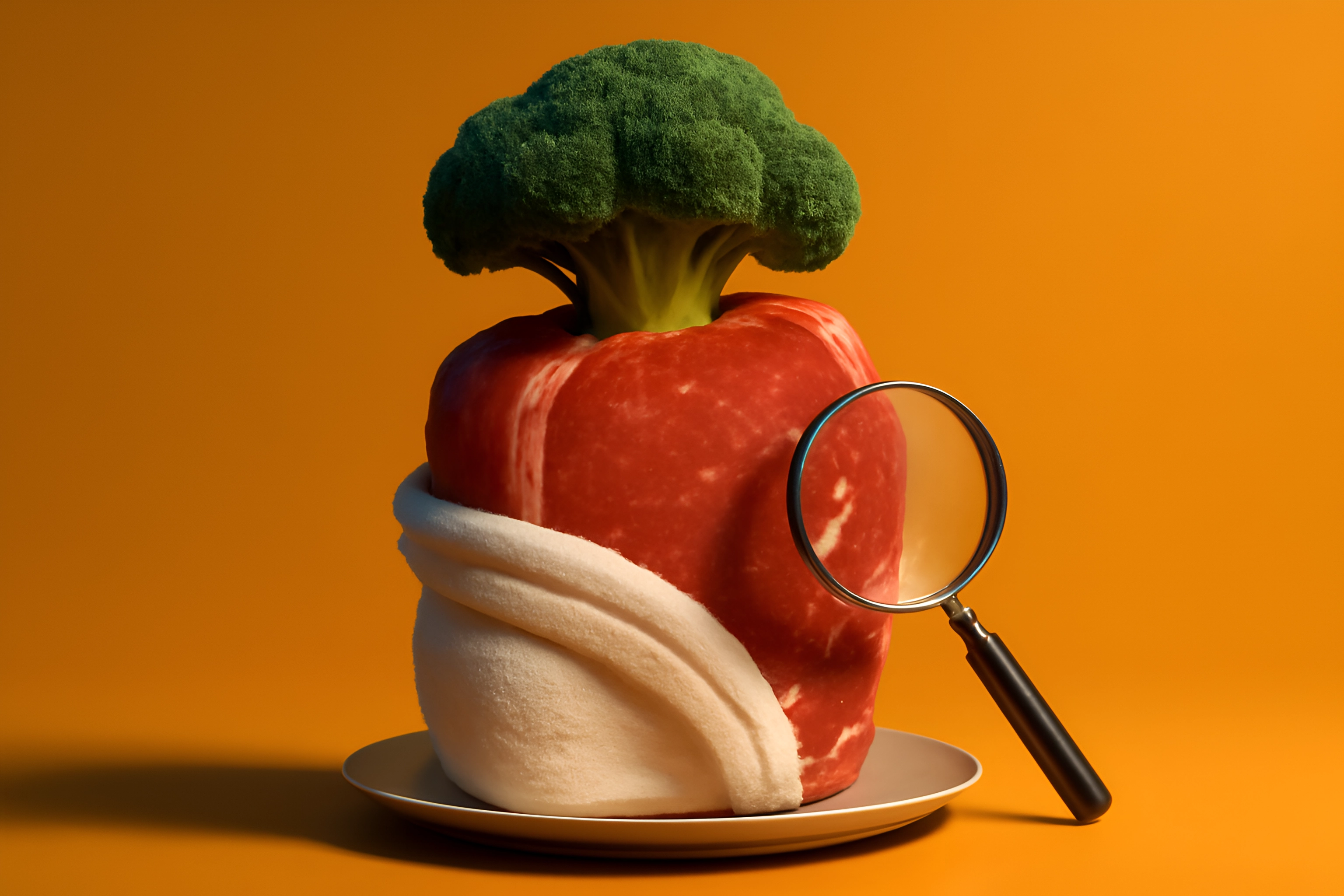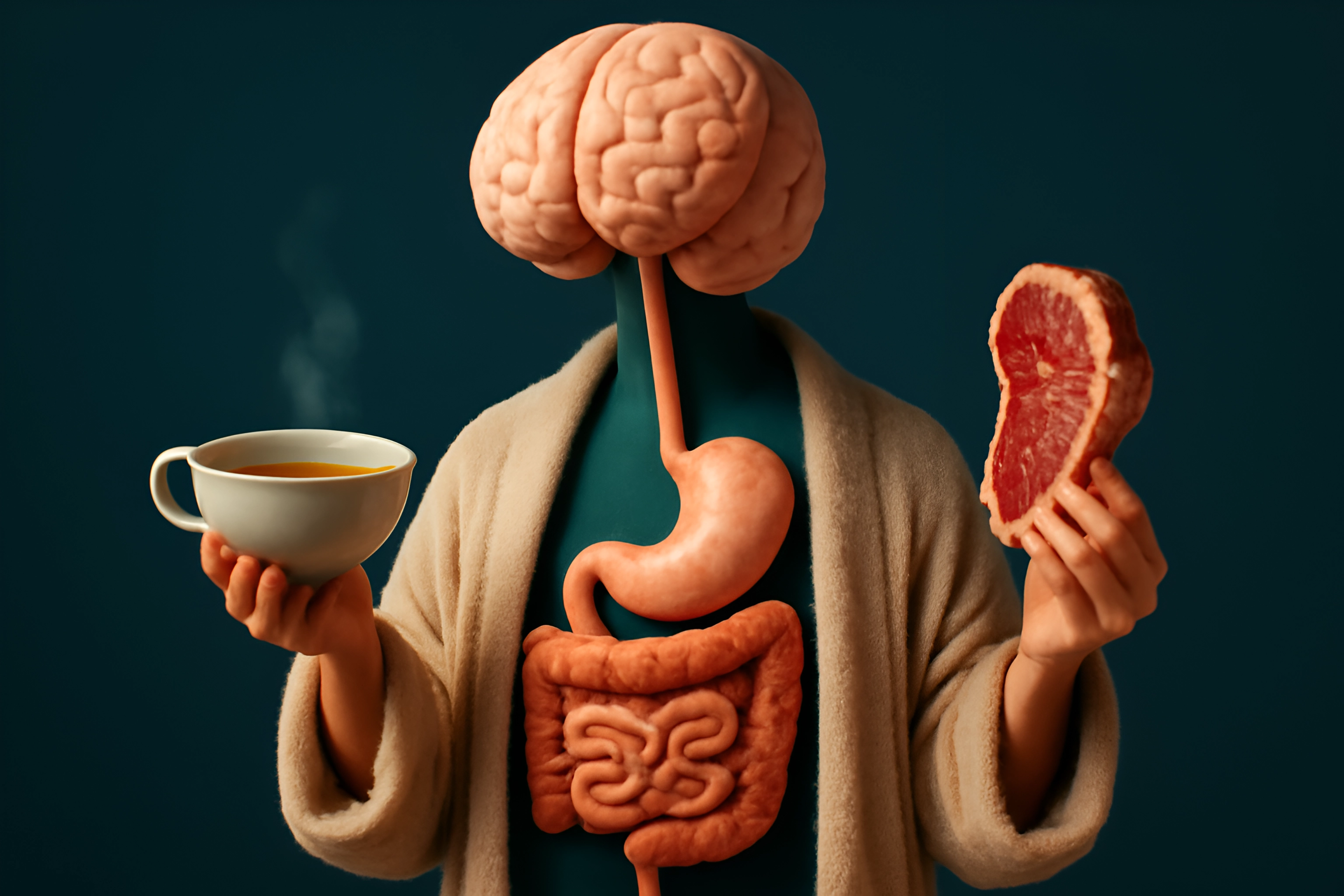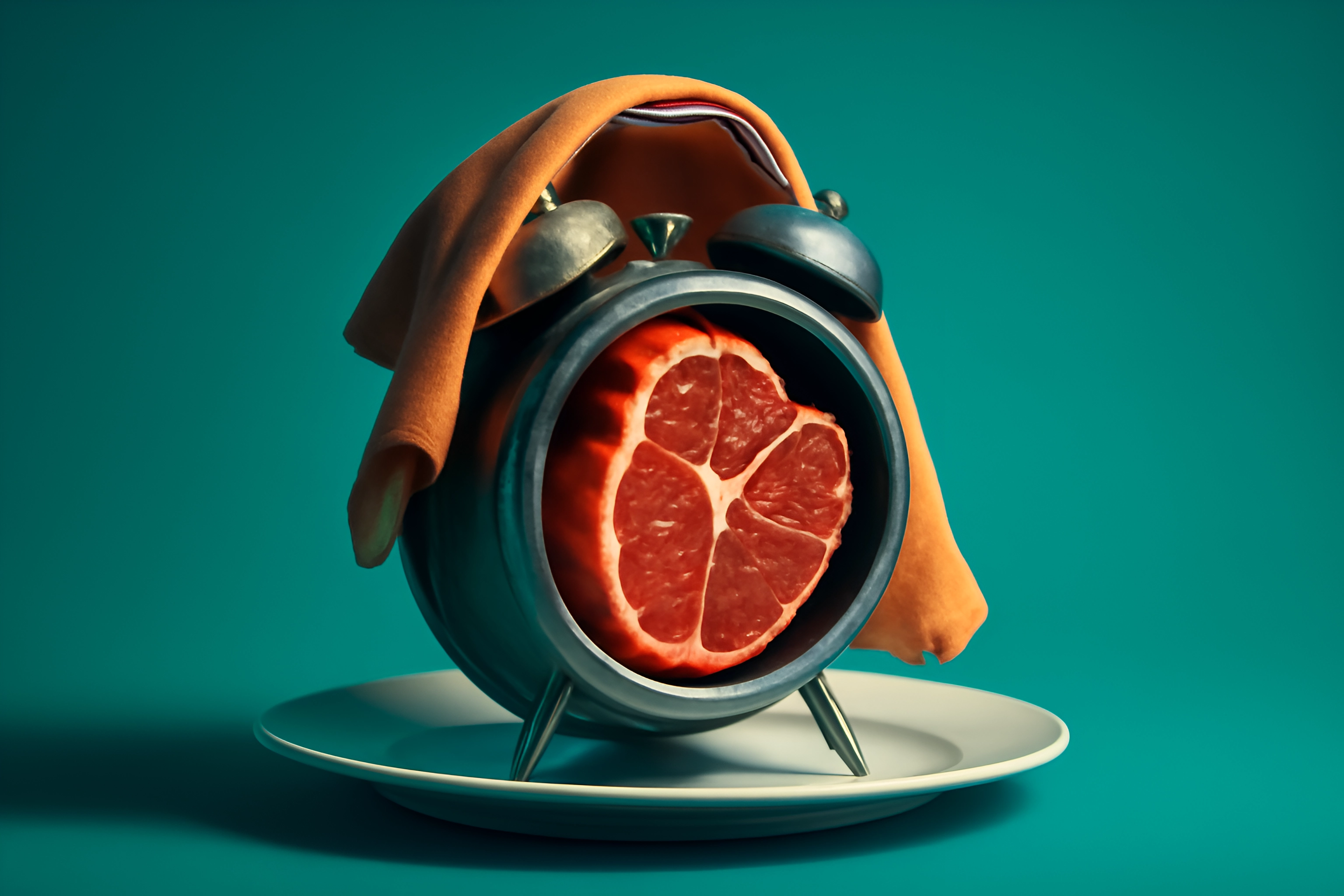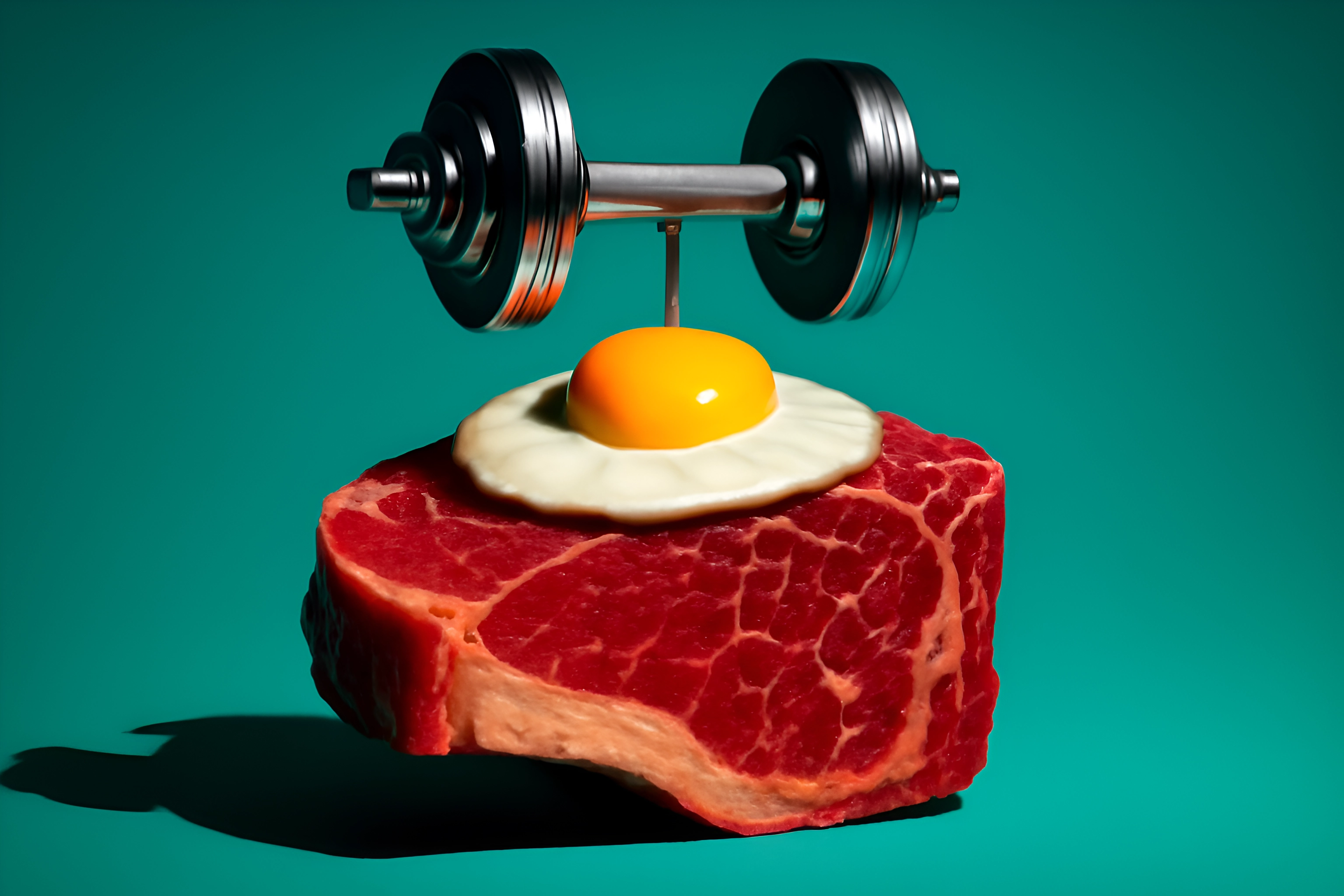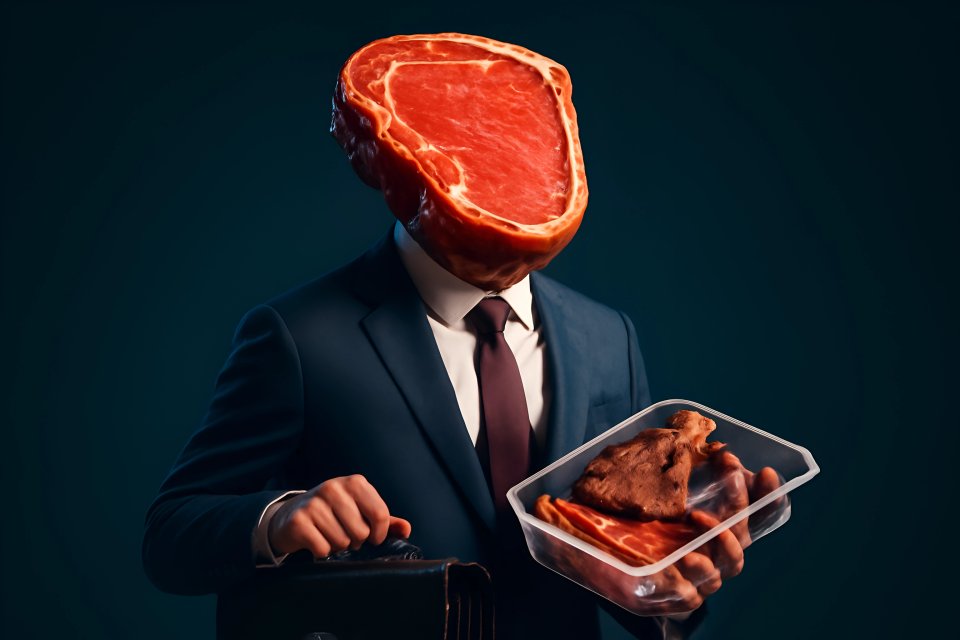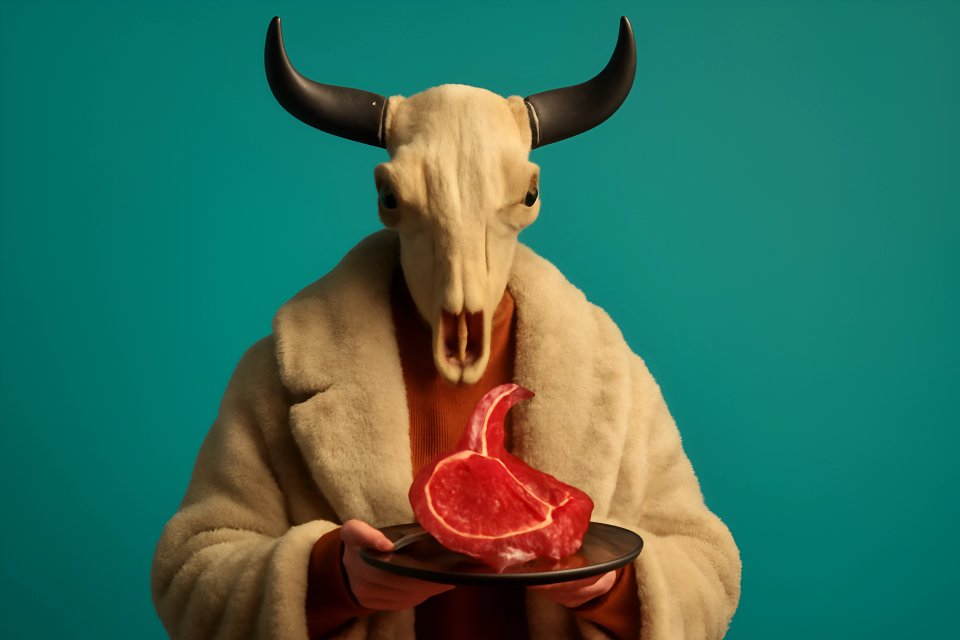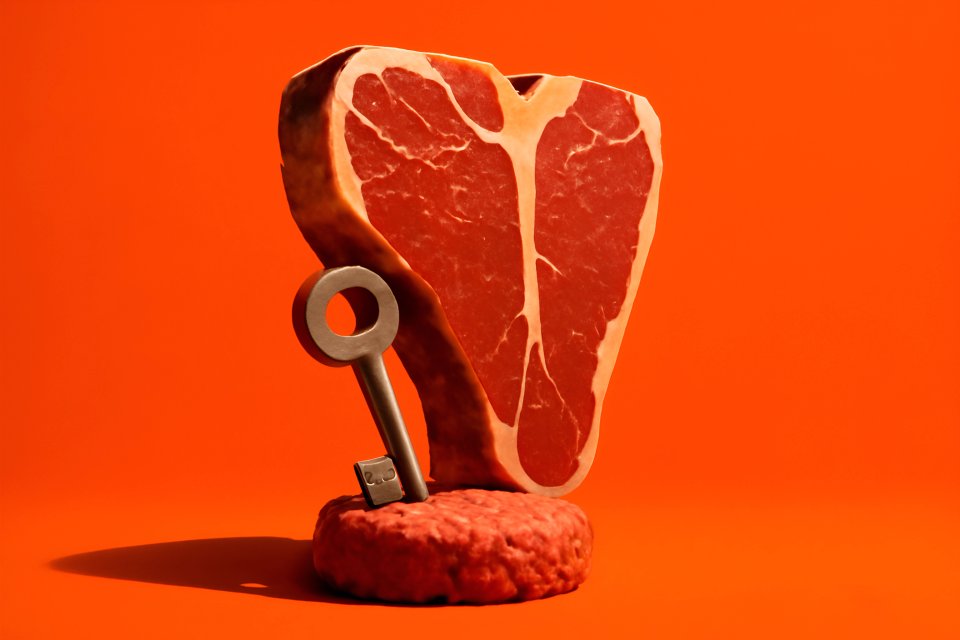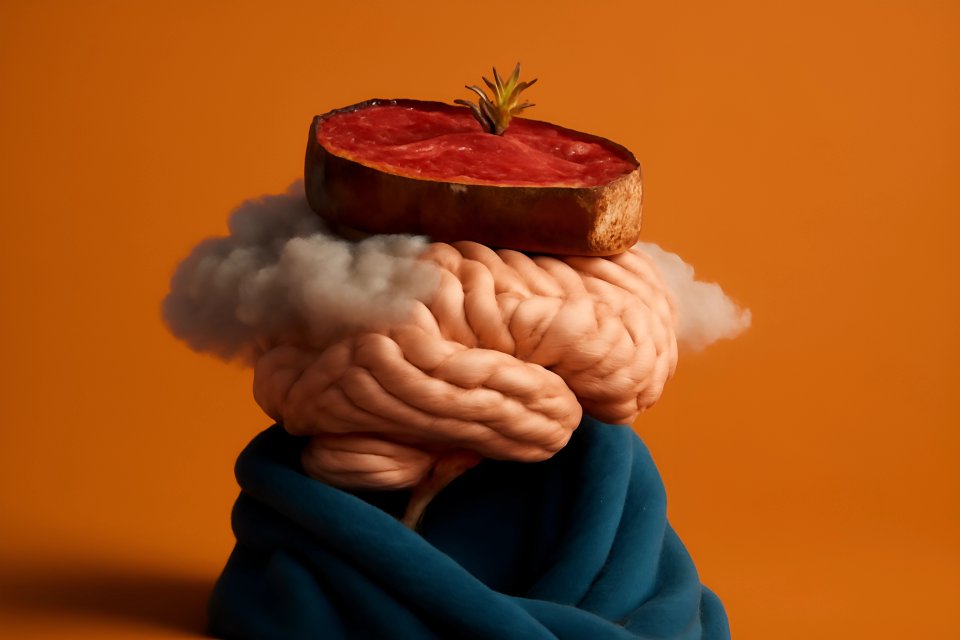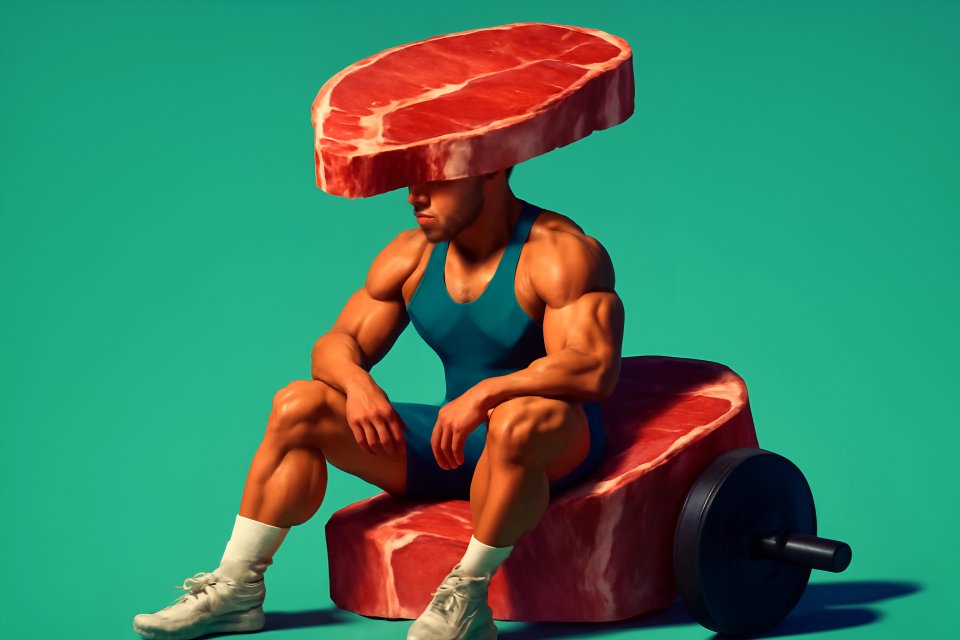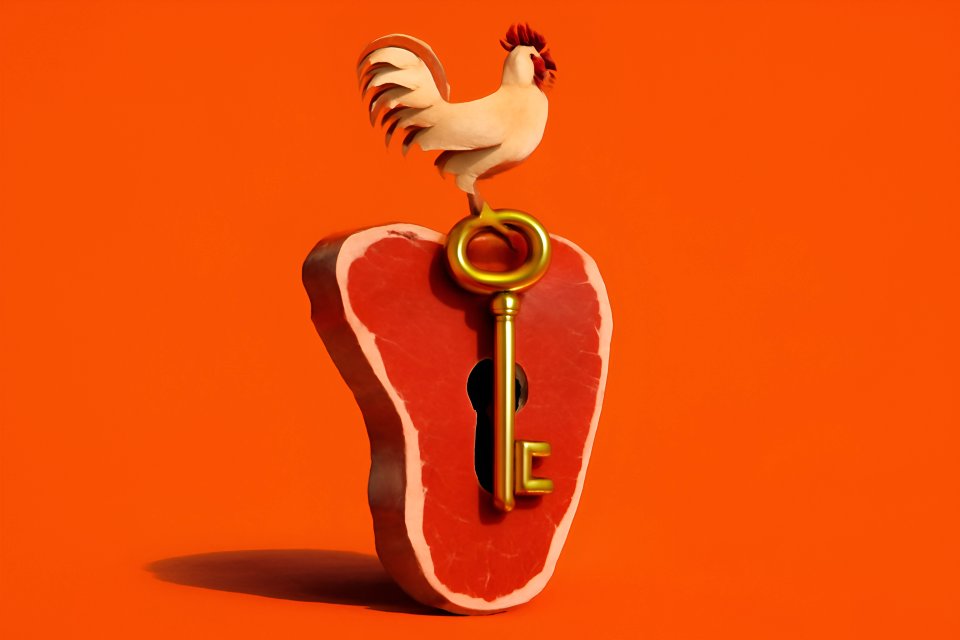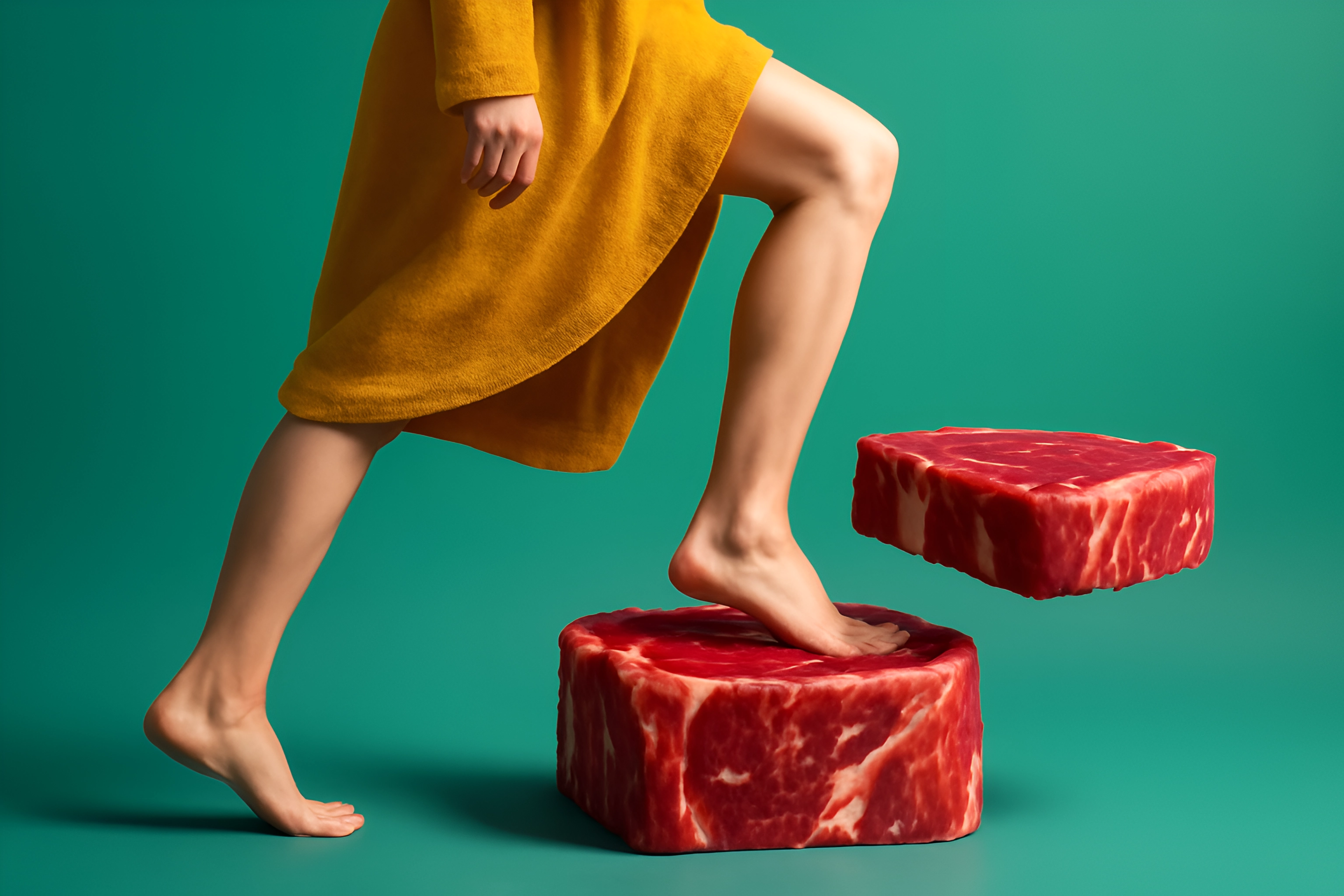
You’ve done the hard work. You’ve embraced high-fat, low-carb living, tracked your macros, and felt the undeniable benefits of ketosis. But what if you’ve hit a wall? What if you still struggle with nagging inflammation, persistent gut issues, or suspect that even those "keto-friendly" plants are holding you back from true, vibrant health?
You are not alone, and your instincts are right. Many people who thrive on keto eventually find themselves looking for the next level of healing, a way to resolve the last 10% of their health puzzle. This isn't about failure; it's about refinement. It's about recognizing that your body is craving something more fundamental, something simpler, something deeply ancestral.
This is where the carnivore diet enters the picture. It’s not a rejection of your keto journey but its ultimate evolution—a powerful tool for profound healing and radical simplicity. This no-BS guide provides a clear, actionable, step-by-step plan to help you seamlessly make the transitioning from keto to carnivore, minimizing side effects and unlocking a level of well-being you may have thought was impossible.
Why Move from Keto to Carnivore? The Next Step in Your Healing Journey
Think of your time on the ketogenic diet as building a powerful foundation for metabolic health. You’ve taught your body to burn fat for fuel, a critical first step. The carnivore diet takes this foundation and builds a fortress of health upon it, specifically designed for those seeking the deepest level of healing.
First and foremost, carnivore is the ultimate elimination protocol. While keto drastically reduces carbs, it often still includes plant-based foods containing potential irritants like oxalates, lectins, and phytates found in nuts, seeds, and even some vegetables. For many, these compounds are the hidden culprits behind autoimmune flares and gut distress. By removing them entirely, you give your immune system a chance to calm down and your body a real opportunity to heal, which is why it can be so effective for improving skin health and other inflammatory conditions.
Imagine the mental freedom of no longer tracking net carbs, creating complex keto recipes, or worrying about hidden sugars in sauces and dressings. This is the unparalleled simplicity of the carnivore diet. Your focus shifts from complex rules to a simple, powerful principle: eat nutrient-dense animal foods until you are satisfied. This shift liberates incredible mental energy, allowing you to focus on living your life, not just managing your diet.
Furthermore, this way of eating offers your digestive system a profound rest. A zero-fiber approach can be a game-changer for those with gut issues, allowing the gut lining to repair itself without the constant mechanical and chemical stress from plant matter. If you've ever felt bloated or uncomfortable even on a clean keto diet, you can explore the science behind why a zero-fiber diet promotes profound gut healing. Finally, you maximize nutrient bioavailability. Nutrients from animal sources, like heme iron and preformed Vitamin A (retinol), are absorbed far more efficiently by the human body, free from the interference of plant anti-nutrients that bind to minerals and block their uptake.
Understanding the Key Differences: Keto vs. Carnivore
While both diets will likely put you in a state of ketosis, their philosophy and food choices differ significantly. Keto is defined by macronutrient ratios, restricting carbohydrates to trigger ketone production. Carnivore is defined by food sourcing, eliminating all plant-based foods to remove inflammatory compounds and maximize nutrient density.
This fundamental difference is what makes the carnivore diet a more powerful therapeutic tool for many. It’s not just low-carb; it’s the right kind of low-carb, built on the foods our ancestors thrived on for millennia. For a more detailed breakdown, you can review a comparative analysis of carnivore vs. other low-carb diets.
The table below offers a clear, at-a-glance comparison of these two powerful dietary approaches.
| Feature | Ketogenic Diet | Carnivore Diet |
|---|---|---|
| Primary Goal | Metabolic Ketosis via Carb Restriction | Nutrient Density & Elimination of Plant Toxins |
| Food Sources | Animal products, low-carb plants, nuts, seeds, healthy oils | Animal products only (meat, fish, eggs, animal fats, some dairy) |
| Carbohydrates | Very Low (<50g, often <20g) | Zero or Near-Zero |
| Fiber | Present (from vegetables, nuts, seeds) | Absent |
| Common Irritants | Can still contain nuts, seeds, nightshades, vegetable oils | Eliminates all plant-based irritants |
Your Step-by-Step Keto to Carnivore Transition Guide
Ready to take the leap? For a smooth and successful experience, we recommend a gradual approach over two to four weeks. This methodical process allows your digestion, metabolism, and palate to adapt, setting you up for long-term success. This is our recommended keto to carnivore transition guide for achieving radical healing.
Phase 1 (Week 1): The "Ketovore" Cleanup
The goal of this first week is to create a cleaner, more animal-focused version of the keto diet you’re already on. This phase is about removing the most common culprits that cause stalls and inflammation, even within a ketogenic framework. It’s the perfect bridge to what comes next.
Your mission is to systematically remove the clutter. Start by eliminating all nuts, seeds, and industrial seed oils (like canola, soy, or corn oil). At the same time, you must get rid of all "keto" sweeteners and processed products like bars, breads, and desserts that keep cravings alive. To replace these calories and stay energized, you will consciously increase your intake of fatty red meat, butter, and tallow. For now, you can continue eating small amounts of very low-carb vegetables like avocado or olives, but make fatty animal foods the star of every plate.
This initial cleanup prepares your body and mind for the next step. You are simplifying your food choices and focusing your metabolism on high-quality animal fats and proteins. This phase alone can produce significant improvements in how you feel.
Phase 2 (Weeks 2-3): Phasing Out Plants
Now it’s time to gently guide your body into a zero-plant, zero-fiber environment. The goal here is to systematically remove the remaining plant foods from your diet, allowing your gut microbiome and digestive enzymes to adapt without shock. This is a critical step in adapting to animal-based nutrition.
Begin removing the last of the vegetables from your diet. A good strategy is to start with the highest-fiber and potentially highest-irritant ones first, such as broccoli, cauliflower, spinach, and kale. As you remove this plant volume from your plate, you must consciously increase the amount of meat and fat to ensure you are eating enough to feel full and fueled. Don't be afraid of the fat; it is your primary energy source.
During this phase, pay close attention to your body's new satiety signals. You will likely find that you feel full and satisfied for much longer on animal foods alone. Eat until you are comfortably full, and trust that your body knows what it needs. You can find delicious, simple meal ideas in our guide to ultimate carnivore recipes for inflammation reduction.
Phase 3 (Week 4 & Beyond): Full Carnivore
Welcome to the final stage. The goal here is to fully embrace a 100% animal-based diet to unlock its maximum healing potential. This is where the magic of a true elimination protocol happens.
To complete the transition, you will eliminate all remaining plant-derived items. This includes coffee, tea, and all spices. While this may seem extreme, it is crucial for identifying hidden sensitivities and giving your body a completely clean slate. Many people are surprised to find that these items were contributing to their symptoms.
Your diet is now beautifully simple and powerful: meat, fish, eggs, animal fats, and water. Focus on the cornerstones of the diet: fatty meat, high-quality salt, and pure water. You have now successfully transitioned and can begin your true healing journey. For a complete overview, our beginner’s guide for gut healing is an excellent companion resource.
How to Navigate Common Transition Challenges
Adapting to animal-based nutrition can come with a few temporary bumps in the road as your body recalibrates. Don't panic. These are normal signs of adaptation, and here’s how to handle them like a pro.
Problem: Adaptation Flu & Low Energy
That feeling of fatigue, headache, or brain fog? It’s almost always an electrolyte issue, not a lack of carbohydrates. As your body becomes fully fat-adapted and insulin levels drop, your kidneys excrete more sodium and water, which can throw your minerals out of balance.
The solution is simple and direct. Be generous with a high-quality, unrefined salt like Redmond Real Salt on all your food. Drink plenty of water, and most importantly, ensure you are eating enough fat for fuel. If brain fog is a primary concern, learn more about optimizing the carnivore diet for mental clarity to fine-tune your approach.
Problem: Digestive Changes (Diarrhea or Constipation)
Your gut is undergoing a major renovation. It's adjusting to a much higher fat intake and a complete absence of fiber, so some digestive changes are expected. Don't let it derail you.
If you experience diarrhea, it's often a sign that your body isn't yet efficient at emulsifying the increased fat. The fix is to temporarily reduce your intake of rendered fats (like liquid tallow or ghee) and get more of your fat directly from the meat itself, such as from a fatty ribeye. This issue almost always resolves within a week or two. For constipation, first ensure you are getting enough salt and water. Second, understand that your bowel movements will become much less frequent and smaller—this is normal on a zero-residue diet and is not true constipation.
Problem: Not Eating Enough (Especially Fat)
After years of being told to fear fat and practice portion control, it can be mentally challenging to eat enough. Hunger, low energy, or cravings are tell-tale signs that you are undereating, especially fat.
Fat is your fuel. You must eat it to feel good. Prioritize fatty cuts of meat like ribeyes, 80/20 ground beef, and pork belly. Don't be shy about adding butter, tallow, or ghee to leaner cuts of meat or your scrambled eggs. The rule is simple: eat fatty meat until you feel pleasantly full and energized, and then stop.
Conclusion: Welcome to Radical Simplicity and Healing
Making the move from keto to carnivore is a powerful, logical next step for anyone serious about resolving persistent health issues and reclaiming their vitality. By following this gradual, three-phase approach, you can manage the transition smoothly and set yourself up for incredible success. This isn't just another diet; it's a return to the way humans are meant to eat.
Be patient with yourself. Listen to your body. This isn't a race; it's a journey back to your most vital, resilient, and powerful self. Trust the process, and be prepared to be amazed by what your body can do when given the right fuel. For a dose of powerful motivation, read these real healing stories from people who transformed their health.
What are your biggest questions about making the switch? Share your experience or ask a question in the comments below! For more carnivore guides and success stories, join the HealingCarnivore community by subscribing to our newsletter.
